Cristina “Kitte” Madamba-Bajet (Innovation Batch ‘71) is a University Researcher at the Chemical Control, Pesticide Chemistry and Toxicology Laboratory, NCPC, Crop Protection Cluster, UP at Los Baños. She is currently the Secretary of the UP Varrons Alumni Association.
In the recent conference of the Philippines Association of Entomologists, you were the recipient of the 2010 LB Uichanco Award. You posted in your Facebook that it seems they were referring to a whole different person when they were reading the award citation. Why is that? Is there any “reservation” in your mind?
I am an agricultural chemist by education and training and it just happened that pesticide toxicology and chemistry (considered as allied science) is under the Department of Entomology, that is why I am an entomologist (who can never identify an insect except the common pests). Most of my work revolves on quantification and risk assessment of pesticide residues on food and the environment as a result of pesticide application. That is my only connection with entomology. I use my expertise to evaluate pesticide products for registration in the Philippines by reviewing data on residues, environmental effects, fate and transport of these products. When I listened to the citation, I felt like they were describing a different person, never thought that my work would make an impact and can be viewed differently. I felt so honoured yet humbled especially since all the contenders for this award were 100% entomologists.
The use of the Bt technology as a component of genetically modified agricultural crops has been hailed as a success (at least in the western world) because it reduces the use chemical-based pesticides and overall helps the environment. As a member of the scientific community who is involved in the risk assessment of pesticides, do you favor this type of technology? Do you think it would be advantageous for the Philippines to extensively adopt this technology?
As a researcher, I appreciate the use of biotechnology on our everyday lives as well as in agriculture.
A good example is Bt corn which came about because of the difficulty of controlling the corn borer and BT eggplant for the fruit and shoot borer. Bt crops definitely reduce the application of pesticides and therefore the risk to consumer and the environment is lessened resulting to increased production. I believe that it is advantageous for the Philippines to adopt this technology in the light of increasing population. However, we should not be totally dependent on Bt crops or be complacent to think that it is fool proof.
When DDT was discovered, it was a miracle pesticide and it reduced mortality due health related problems caused by insects and resulted to increased food production. However, it took time for the awareness of the negative impacts of DDT. Researchers should actively monitor effects of the BT technology like resistance development, environmental impact of Bt crops on non target organisms, pest succession and pest dynamics as a result of Bt crops, and other related studies. I hope we will not be caught unaware/uninformed like the case of DDT but rather extend the usefulness and benefits of BT crops in agriculture by correct and knowledgeable management.
Looking at your of scientific publications, you can be considered a prolific researcher not only in UP Los Banos but in the whole UP System. How do you keep up with the “academic demands” considering the never ending problem of research funding?

Cristy with former collaborators Fernando Carvalho (left) from IAEA Marine Environment Lab. and Steve Klaine from Clemson University
Research funding is not much of a problem if you develop your own niche, do your science well and link with the right persons. I was fortunate to be trained by Dr. Edwin Magallona who was not selfish to share his projects with young researchers and allowing them to take the limelight.
I have been through years of collaborative research on different projects with the International Atomic Energy Agency (IAEA) because of Dr. Magallona’s initial link, the Australian Center for International Agricultural Research (ACIAR) and other national funding agencies like DA BAR, PCARRD, DOST, etc. The recent 1st Asia Pacific SETAC Conference (Society of Environmental Science and Toxicology) in Ho Chi Minh last March 2010 was organized by a Vietnamese collaborator whom I worked with 15 years ago and some of the plenary speakers were also collaborators in the IAEA project I got involved in.
I also met the author of my bible on Aquatic Toxicology, Dr. Gary Rand. I also remember the Australian evaluator of the ACIAR Bioremediation project became my collaborator with the ACIAR Mango project. There are lots of research links with other scientists, but I have just two hands . . . Lastly, I strongly believe in “hands on research” on all aspects . . . Some researchers “graduate” to become research managers and sometimes don’t know what is going on in the Lab and delegate all work to their assistants. I believe in training the future researchers/students, we should be able to take their hand, work and walk with them at first until we are confident to let them go so they can find their own path.
Last Updated on October 12, 2016 by Tudla_Admin


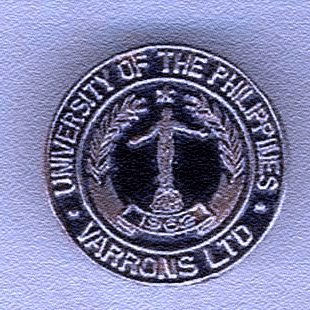







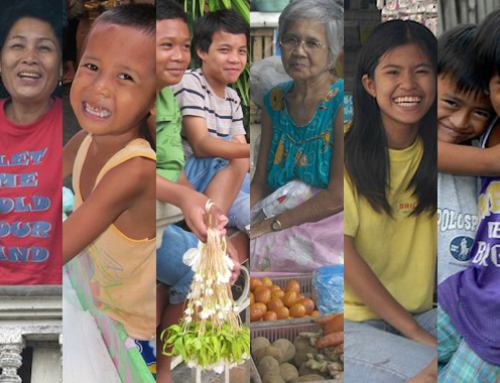

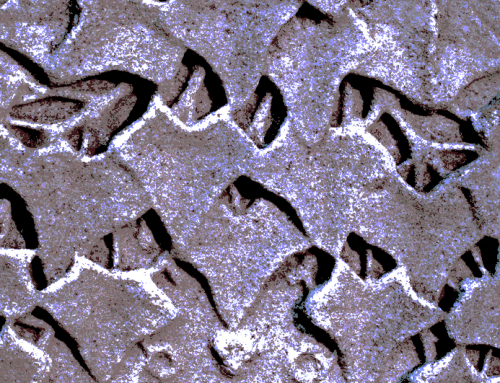
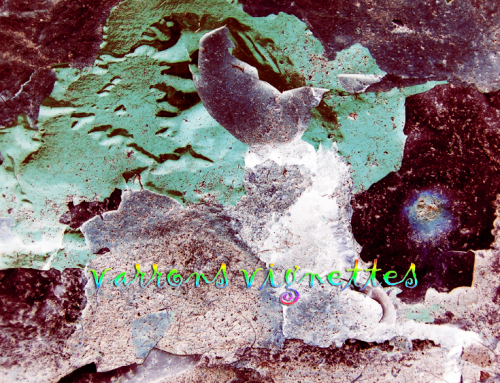
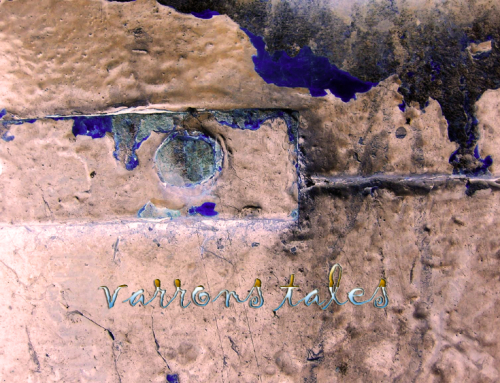
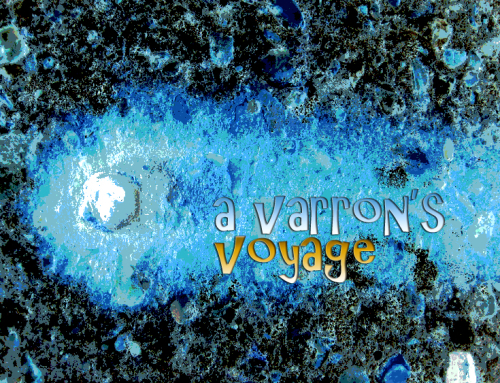


[…] Cristy on being an applied chemist […]